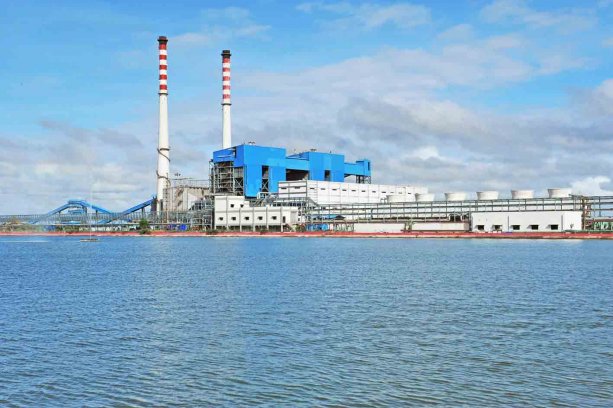
Birla plans 100,000 tons of circular fibre by 2024
Closed-loop technologies recover and recycle CS2 – the key raw material for viscose.

10th June 2021
Innovation in Textiles
|
Vilayat, India
The Grasim division of Birla Cellulose in Vilayat, India, has successfully commissioned a Carbon-disulphide Adsorption Plant (CAP) and has achieved the stringent level of sulphur-to-air emission norms stipulated in the EU BAT references for the viscose manufacturing process.
This initiative is in line with the company’s aim to apply the best available technologies at all of its fibre locations and investments of $170 million are in progress in order to achieve this by the end of 2022.
“Adapting the best available technologies is an important milestone towards achieving global leadership in sustainable practices in the cellulosic fibres industry,” said H K Agrawal, chief operating officer at Birla Cellulose.
Birla Cellulose has already achieved carbon neutrality in Scope 1 & 2 emissions by sequestration of carbon in its managed forests and is ranked in first place in Canopy’s Hot Button Report for its sustainable forestry practices and other solutions. The company has also established the global benchmark for the lowest water intensity in viscose manufacturing.
Grasim Vilayat has installed state-of-the-art closed-loop technologies to recover and recycle CS2, which is the key raw material for the viscose manufacturing process. With these technologies, the site is able to significantly reduce its emissions and achieve 90-95% recovery in terms of sulphur and recycle it back to the process. In addition, the meets all other EU BAT parameters, as confirmed by an audit conducted by Sustainable Textile Solutions, UK (STS) recently. The site also meets the ZDHC responsible viscose production standards.

Business intelligence for the fibre, textiles and apparel industries: technologies, innovations, markets, investments, trade policy, sourcing, strategy...
Find out more